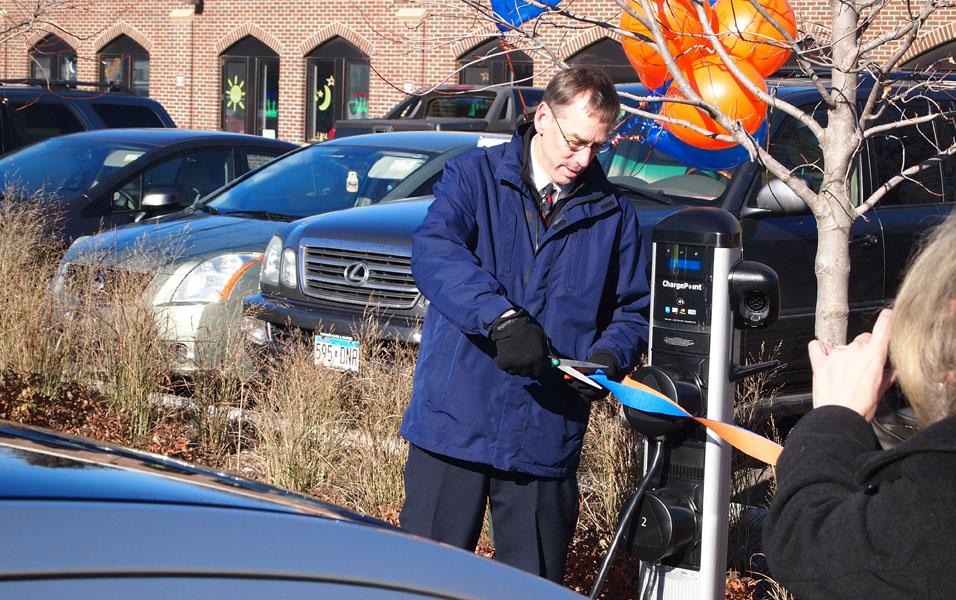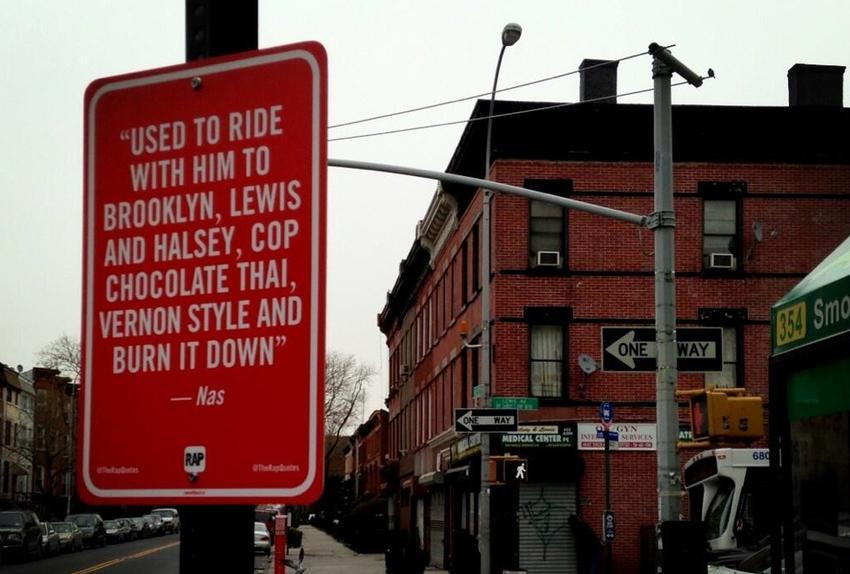
You put them on every day, at least in the winter (I hope). They keep you warm and safe and hopefully help you stay upright on the icy sidewalks. They are a vital part of your daily fashion statement. They help you run faster, walk taller and climb mountains (or hills if you’re from these parts in the Midwest). But did you know that shoes are often highly fossil-fuel intensive, are held together with toxic glues and chemicals, and can use fabrics that aren’t grown sustainably? Here are some neat ways you can reduce your eco-footprint.
1. Brands and companies think about the planet, too.
There are a bunch of companies out there doing awesome things for the sustainable shoe campaign. Do a quick Google search (yes, it’s that simple) and you’ll find a plethora of fashionable, environmentally-minded and socially responsible options for greening your footwear. Here are some options I like:
soleRebels
OAT
Brooks
newSKY by New Balance
Keep
Earthkeepers by Timberland
Patagonia
2. Let’s think about social responsibility.
Someone, probably with a range of add-ons including a family, kids and various expenses, made your shoes. That person might work on an assembly line, in a factory or at a small hand-crafted operation. Without minimizing our responsibility to support underpaid and under-appreciated factory workers, we need to let companies that are doing really awesome things know that what they’re doing matters and that we want to buy products from them. Check out if companies even have a place on their website or advertisement where they talk about sustainability and social responsibility, like the company Keen. Generally, if they don’t have strong eco-practices, they won’t include any information about it at all.
3. Ask questions like, “What happens next?”
Does it get recycled? Reused? Put back into the soil? With sustainable footwear, these are all appropriate questions to ask when you’re ready to part with your shoes. Whether that means you’re giving them to a consignment or thrift shop, donating them to a charitable organization, or burying them in your backyard, make sure your shoes get the treatment your planet deserves. Detached sole? Got a hole? In our throwaway culture, we’ve become accustomed to buying new when something is worn out, but if we were all to start bringing our busted shoes to a cobbler, we’d be supporting local craftspeople, sourcing less raw material and creating less waste. Cool!
So why on earth am I writing about shoes? Because I walk a lot, and I want my shoes to last. It’s as uncomplicated as that. In fact, I’m so emotionally invested in my hiking boots I’ve had the same pair for 7 years. The company doesn’t even make them anymore, and the treads are so worn they probably don’t do me any good. Ridiculous, I know, but I just can’t part with them. So I decided to be more conscious of what my shoes are made of, so they’ll last me as long or longer than my hiking boots. That’s sustainability right there. Let’s all tread a little lighter on the earth and protect our feet and our planet.







![[Sustainable Obtainables] Eco-faceoff: E-readers vs. books, tech vs. trees, nostalgia vs. nifty](https://themacweekly.com/wp-content/uploads/2013/04/battlekindle-1024x757.jpg)